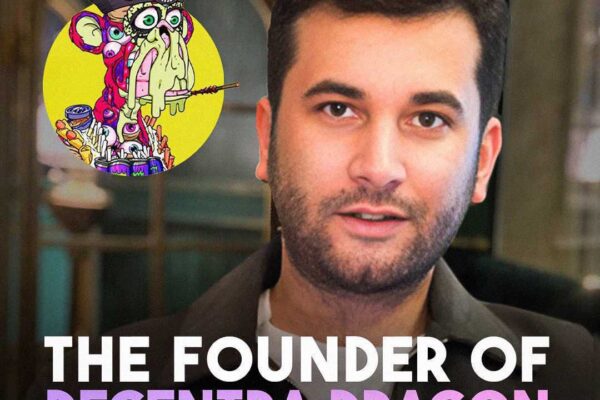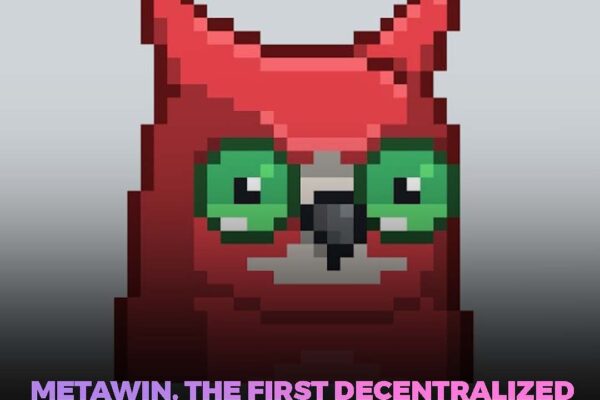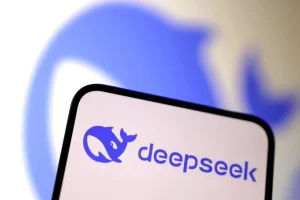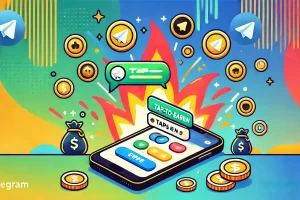Twitter has launched a new creator monetization program that pays creators for a share of the ad revenue earned from ads served in the replies to their posts. The program is open to creators who subscribe to Twitter Blue and have made more than 5 million tweet impressions each month for the last 3 months.
The first round of creator payouts will total $5 million and will be cumulative from the month of February onward. These payouts will be delivered via Stripe.
According to some large creators who have shared their earnings on Twitter, the payouts are substantial. Writer Brian Krassenstein, who has about 750,000 followers, claims that Twitter paid him $24,305. SK, a creator with about 230,000 followers, claims to have earned $2,236 from Twitter; political commentator Benny Johnson, with 1.7 million followers, says he earned $9,546.
Twitter’s payouts are determined by tweet impressions. Babylon Bee writer Ashley St. Clair (710,000 followers) said that she earned $7,153, and according to her “napkin math,” she had around 840 million impressions from February through July. That would make her rate about $0.0085 CPM (cost per mille), or $8.52 per million impressions. It’s not clear whether or not individual CPMs change from user to user.
Twitter is monetizing the ads served in tweet replies, as it would be difficult to determine which creators to pay for ads served in the feed (this is the same problem short-form video platforms like TikTok are running into with revenue sharing). Of course, this means that creators will want to incentivize users to reply to their tweets. In the best case, this would inspire conversation, but as we know from platforms like Facebook, extreme emotions drive the most engagement.
As Farzad Mesbahi tweeted, “The more haters you have in your replies the more money you’ll make on Twitter.” Musk replied, “Poetic justice.”
There are limits to what types of creators can earn money through this program. According to Twitter’s content monetization standards, sexual content cannot be monetized. This is a blow to Twitter’s community of sex workers, as Twitter is one of the only mainstream social platforms where adult content is permitted. Twitter also won’t allow creators to monetize content about “pyramid schemes or get-rich-quick schemes” (looking at you, crypto spammers), violence, criminal behaviors, gambling, or drugs and alcohol. If a creator tries to monetize copyrighted content that they do not own, that’s also a red flag.
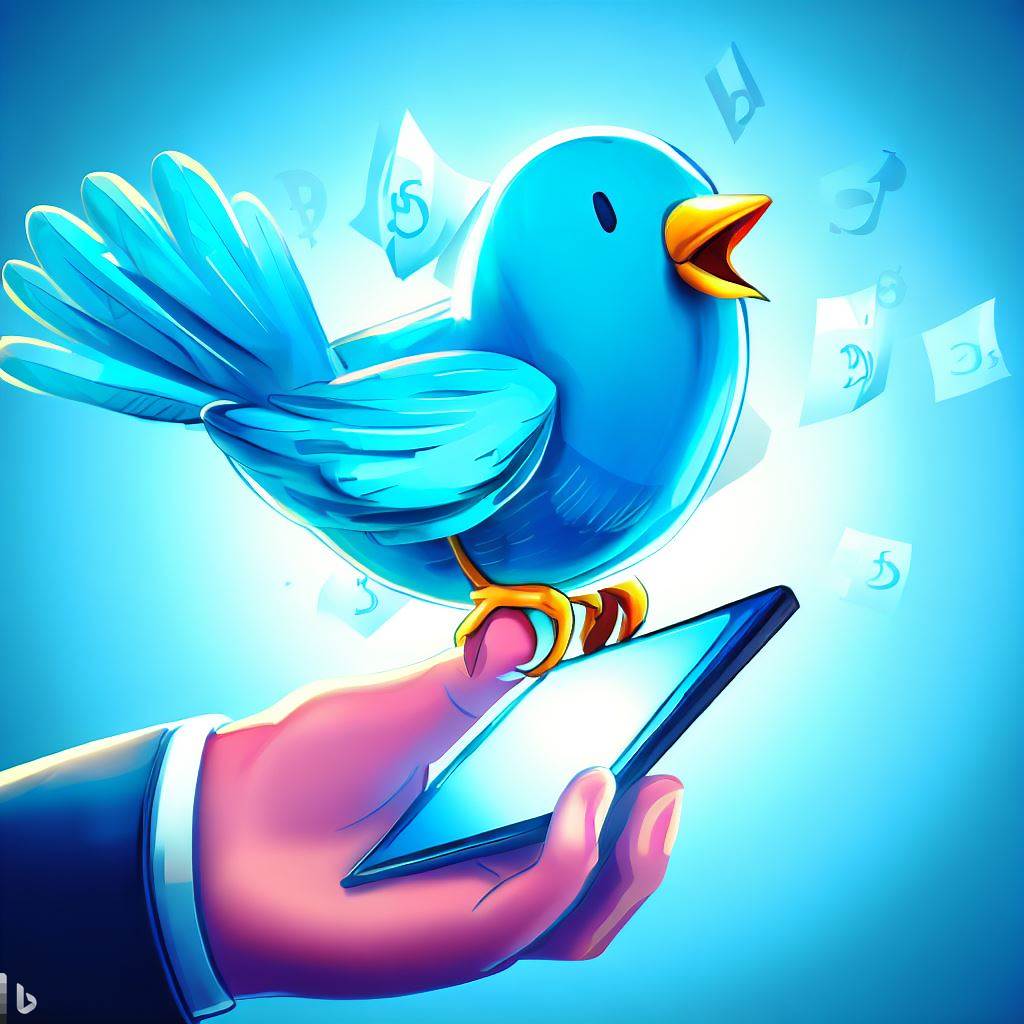
Twitter’s Creator Monetization Program: A Lucrative Opportunity for Some, But Not All
Twitter’s new creator monetization program is a lucrative opportunity for some creators, but not all. Those who have a large following and are able to generate a lot of engagement are likely to see the biggest payouts. However, even creators with smaller followings can still earn some money from the program.
The program is also a way for Twitter to attract and retain top creators. By giving creators a share of the ad revenue, Twitter is making it more financially viable for them to stay on the platform. This could help to improve the overall quality of content on Twitter.
However, there are some concerns about the program. Some critics argue that it will encourage creators to create more inflammatory content in order to attract more engagement. Others worry that the program will be unfair to creators who are not able to generate as much engagement.
Overall, Twitter’s creator monetization program is a significant development for the platform. It has the potential to both improve the quality of content on Twitter and to make it more financially viable for creators to stay on the platform. However, some concerns about the program will need to be addressed.
Want more? Connect with NFT News
Follow us on Twitter
Like us on Facebook
Follow us on Instagram
*All investment/financial opinions expressed by NFT News are from the personal research and experience of our site moderators and are intended as educational material only. Individuals are required to fully research any product prior to making any kind of investment.

This information is published by the NFT News media team.

